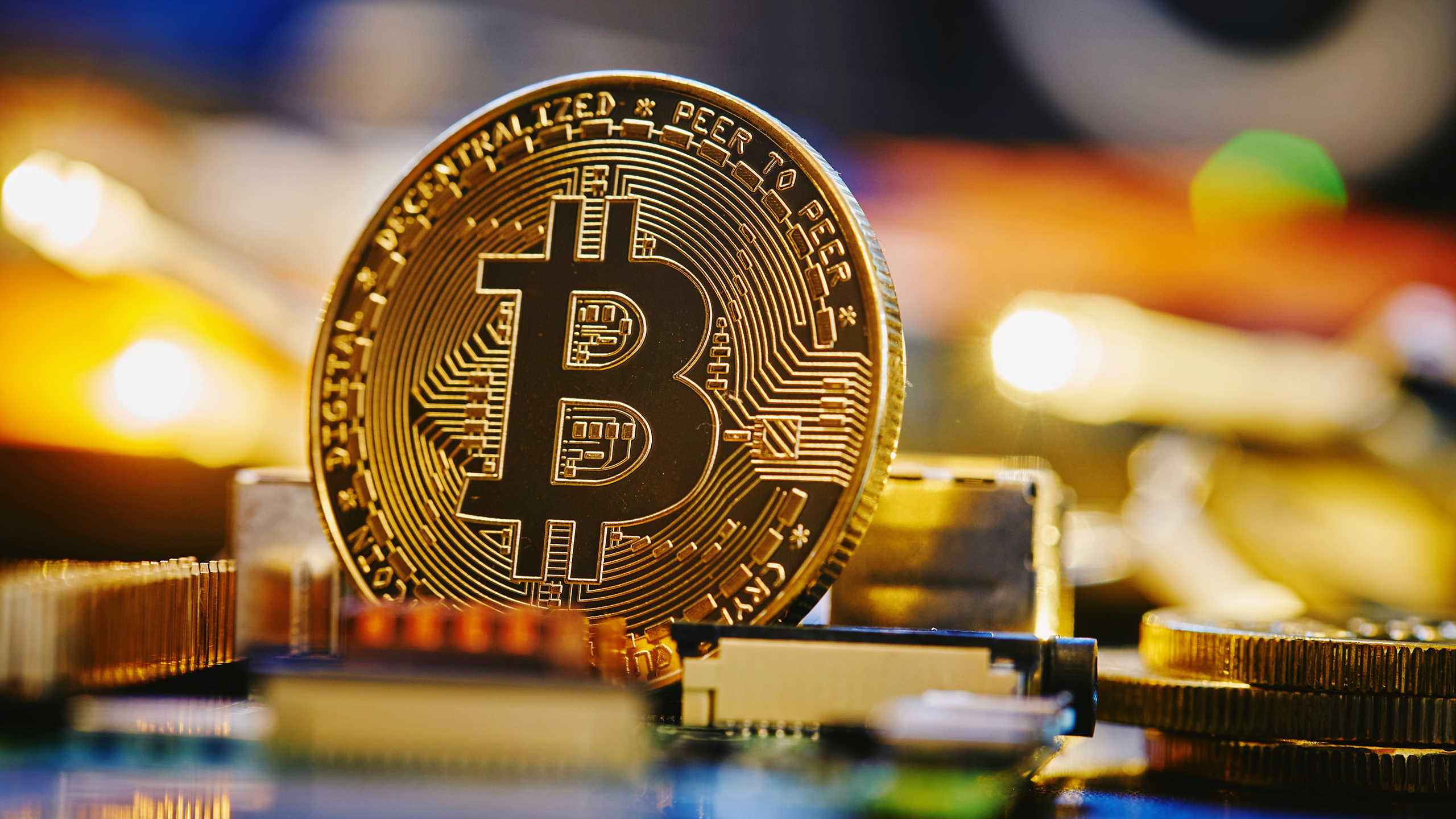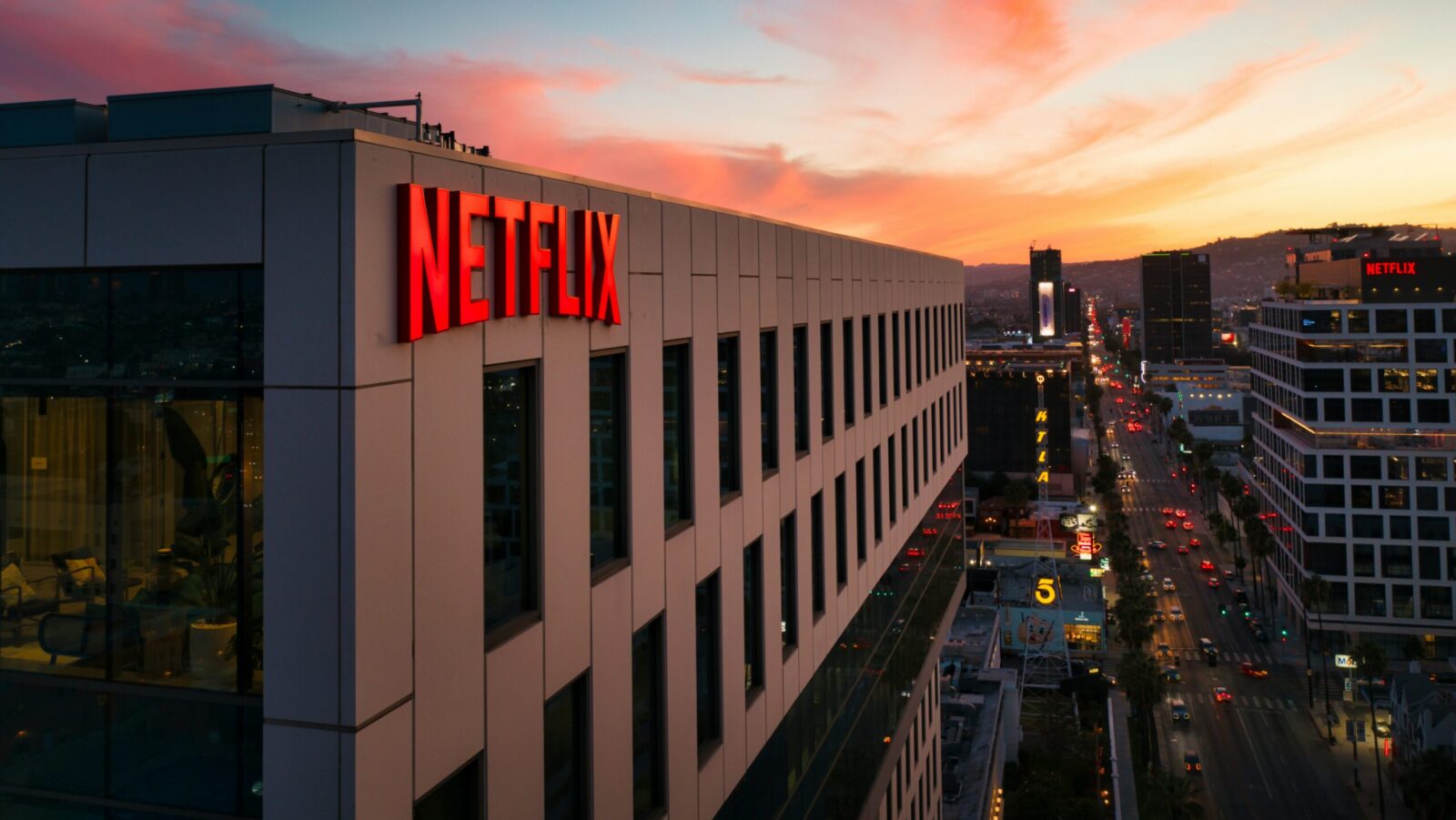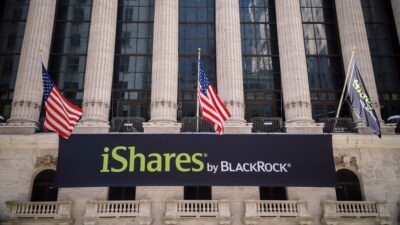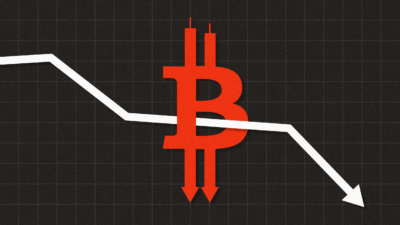ETFs Gobble Up the Bitcoin Market
Little bitcoin remains to be mined, and the fixed supply may help prices to double this year, according to one firm’s target.

Sign up for exclusive news and analysis of the rapidly evolving ETF landscape.
Bitcoin mining isn’t what it used to be, and for ETFs that have been taking bigger and bigger bites of the market, that is a benefit.
Currently, the reward for successfully mining a block is 3.125 bitcoin, and the average of 144 blocks mined each day puts roughly 450 bitcoin into circulation. ETFs have reportedly been accruing multiples of that amount, meaning that the supply held outside of ETFs is shrinking. And while the companies that mine it sell a significant amount, they also sit on some of the bitcoin they acquire. “Ever since ETFs brought new buyers into the space in enormous numbers, ETFs alone are buying [an equivalent of more than] all of the bitcoin that is created every day,” said Matthew Sigel, head of digital assets research at VanEck. “Bitcoin is for everyone. Prior to ETFs, it was very hard for a fiduciary to buy bitcoin.”
Chop, Chop
The reward for mining bitcoin is cut in half roughly every four years, or when 210,000 blocks are mined. The vast majority of the bitcoin that will ever exist is already owned, although mining isn’t projected to finish until sometime next century, when the cap of 21 million total bitcoin is reached. There are about 20 million circulating currently. Unlike traditional currencies, more bitcoin can’t simply be printed, and that fact is a huge draw for investors.
Since spot bitcoin ETFs became available last year, they’ve snapped up the crypto asset at a remarkable pace. The largest one, BlackRock’s iShares Bitcoin Trust ETF (IBIT), represents more than $58 billion, or about half of the total US-listed spot bitcoin assets. A more telling number, though, is 3%, which is the share of the total bitcoin market held in that single ETF, according to BlackRock. “Given the size of some of the largest ETFs … one might think that buying and selling within those funds significantly moves market prices,” a BlackRock spokesperson said. “However, it is asset allocation decisions made by asset owners, such as pension funds and individuals, that drive net flows into different assets.”
On that note, institutional investors are interested. Brown University’s endowment recently disclosed that it owns about $5 million of IBIT. Scarcity is by design:
- Since 2009, the reward for mining has been halved four times, going from an initial level of 50 bitcoin per block to just 3.125. The next halving is likely to take place in 2028.
- VanEck’s price target for bitcoin later this year is $180,000, or nearly double the current price of less than $95,000. Rate cuts by the Fed would be a possible catalyst to the price increase, Sigel said.
Fixed game: “This is exactly why I own bitcoin. When a fixed-supply asset like bitcoin is denominated in a fiat currency with a theoretically unlimited supply, the price tends to go up over time,” said Mike Alfred, managing partner of private investment partnership Alpine Fox. “It’s just math.”











